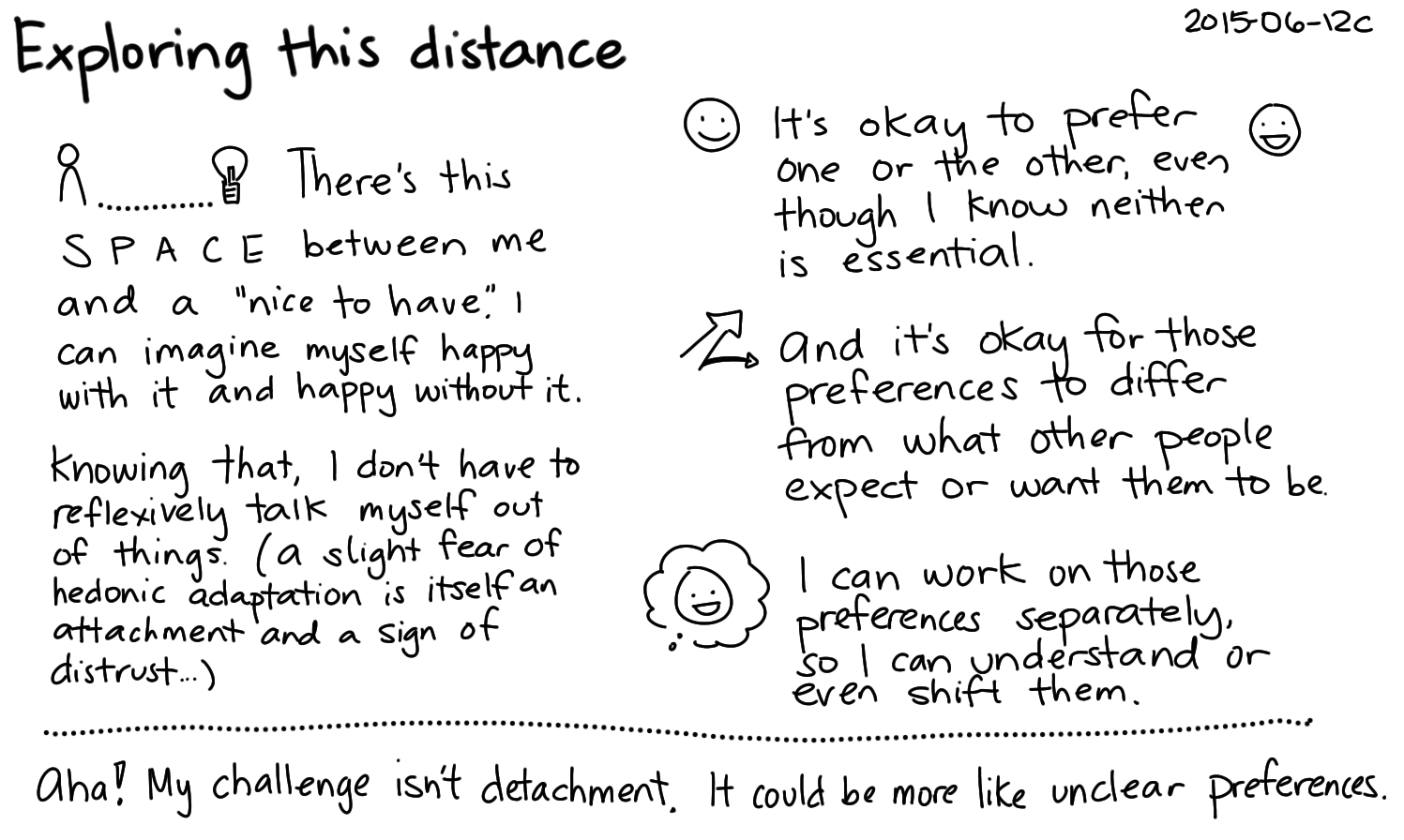The ability to set boundaries and say “no” is an essential skill for preserving our mental and emotional well-being. In a world where constant requests and demands can overshadow our personal needs and values, embracing stoicism allows us to protect our time, energy, and peace of mind. In this article, we will explore the art of boundaries and delve into nine specific types of people whom we often struggle to say “no” to. By understanding these patterns and applying stoic principles, we can learn to navigate these encounters with grace and assertiveness, ultimately fostering healthier relationships and a stronger sense of self.
Empowering Yourself: Mastering the Art of Setting Boundaries
Setting boundaries is a crucial skill in personal and professional relationships. By clearly defining our limits, we protect ourselves from being taken advantage of and maintain a healthy balance in our lives. This empowering practice requires self-awareness, effective communication, and the ability to prioritize our needs. By mastering the art of setting boundaries, we can create a sense of empowerment and build stronger, more fulfilling relationships.
Building Resilience: Saying “NO” to Toxic Individuals with Stoic Wisdom
Resilience is the ability to bounce back from difficult situations, and one of the keys to building resilience is learning to say “no” to toxic individuals. By drawing inspiration from the philosophy of Stoicism, we can develop the inner strength and wisdom to identify and distance ourselves from toxic people. Through setting clear boundaries and preserving our mental and emotional well-being, we can cultivate resilience and protect ourselves from negativity.
Navigating Relationships: Identifying and Managing the 9 Types of People Who Drain Your Energy
In every social circle, there are individuals who drain our energy and leave us feeling depleted. By understanding the nine types of people who often have this effect on us, we can navigate our relationships more effectively. Whether it’s the constant complainer or the eternal victim, being aware of these energy drainers allows us to establish boundaries and protect ourselves from their negative influence. By managing our interactions with these individuals, we can maintain a healthier and more balanced social life.
Finding Inner Peace: Embracing Stoicism as a Tool to Establish Healthy Boundaries
Inner peace is a state that many aspire to achieve, and one way to embrace this elusive balance is through the teachings of Stoicism. By adopting Stoic principles such as understanding what is within our control and acceptance of external circumstances, we can establish healthy boundaries. Stoicism teaches us to focus on our own actions and mindset rather than getting caught up in the actions of others. By practicing these principles, we can find inner peace and build stronger boundaries that protect our well-being.
Assertiveness with Compassion: Learning to Say No Gracefully and Embracing the Philosophy of Stoicism
Assertiveness is essential in setting and maintaining boundaries, but it doesn’t have to come at the expense of compassion. By combining the principles of assertiveness and Stoicism, we can learn to say no gracefully and compassionately. Stoicism encourages us to acknowledge the emotions of others while remaining steadfast in our decisions. By embracing this philosophy, we can assert ourselves with grace and empathy, strengthening our boundaries and promoting healthier relationships with others.
H2: The topic of the article – “ALWAYS Say NO to These 9 Type of People | STOICISM”
H3: Stoicism: An Ancient Philosophy
H4: Introduction to Stoicism
H4: Applying Stoicism to Different Types of People
H4: Setting Boundaries and Saying NO
H4: Stoic Strategies for Dealing with Challenging Individuals
H4: Exploring Stoic Principles and Resources
ul: List of Related Information
li: Stoicism: An ancient philosophy originating in Greece and popular in Rome
li: Identifying toxic or undesirable traits and their conflict with Stoic principles
li: The importance of saying NO and setting personal boundaries
li: Stoic strategies for dealing with challenging individuals
li: Exploring Stoic texts, teachings, and resources
NOTE: The specific headings (H3, H4), as well as the format and order of the bullet points in the list, can be adjusted based on the desired structure and organization of the article.

Conclusion
In conclusion, mastering the art of setting boundaries and learning to say no to certain types of people is essential for personal growth and mental well-being. The practice of stoicism can provide the tools and mindset necessary to navigate these challenges effectively. By identifying and understanding the various types of people who may push our boundaries, we can develop the confidence and strength to assert ourselves and protect our own interests without feeling guilt or shame. Saying no to those who take advantage, manipulate, or drain our energy is not only an act of self-care, but also a way to foster healthier relationships and cultivate a more fulfilling life. Embracing stoicism enables us to approach these interactions with wisdom, self-control, and resilience, ultimately leading to a stronger sense of self and a more balanced and harmonious existence.
